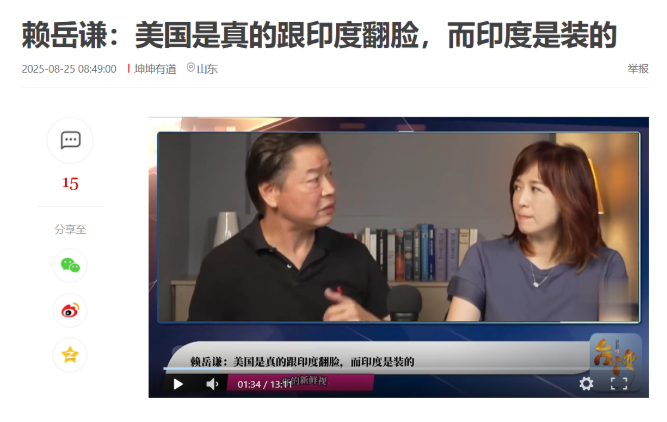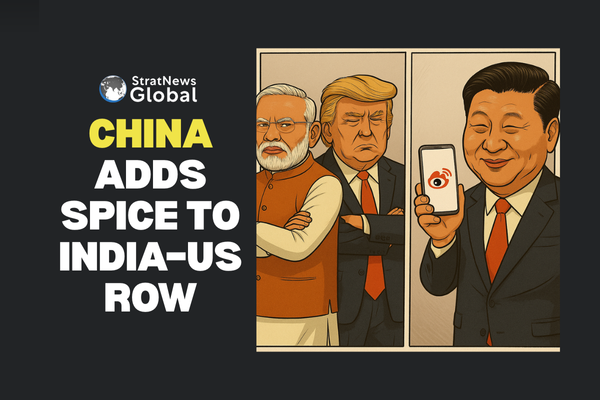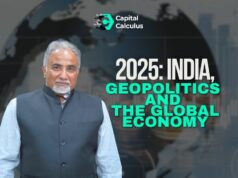Among the many derogatory references to India and Indians in the Chinese language, there is “Ah San”, a term dating back to colonial times when Indian policemen and soldiers enforced Britain’s writ. Why is it trending now on Weibo?
Chinese web users are relishing the rift between the US and India, seeing in it a reduction in the possibility of the two countries ganging up against China. But doubts remain about how long lasting this rift could be.
“Ah San is still very cunning!” warned a Chinese netizen, while another pointed to a video going viral on Weibo featuring a pro-China academic from Taiwan. The programme carried the provocative title: “Did India and the US really fall out, or are they just pretending?”

In the academic’s view, “I think the falling out between the US and India is real on the American side, but on India’s side it is just for show.”
Washington, he argues, is genuinely frustrated with India’s “front residence, back palace” policy. It’s a Chinese idiom describing how one partner in a relationship quietly maintains other relationships. In other words, India seeks deeper ties with the US while refusing to cut links with long standing partners such as Russia.
In the same context, an article circulating on China’s social media makes the point that the Make in India initiative has failed to achieve its goal of replacing China as a global manufacturing hub. Despite early support from Western investors, the piece claimed, poor infrastructure, weak labour quality and unpredictable government policies drove much foreign investment away.
While acknowledging India’s progress in electronics, locomotives and exports, the article claims these advances have only deepened India’s reliance on Chinese supply chains. India’s manufacturing drive continues to operate under China’s shadow.
Trump’s 50% tariff is also a matter of debate with videos speculating whether Apple’s September iPhone product launch will be hit, and the question: “How long can India withstand this?”
It reflects the broader unhappiness in China when Apple began shifting manufacturing and assembly operations from China to India. With tariffs now looming large, India is portrayed as overextended and vulnerable. India’s gains in electronics manufacturing are fragile, while China remains the dominant player.
These narratives form part of the larger China government strategy that portrays the United States as genuinely angry, India as inconsistent and calculating, and China as the calm observer. It is intended to reassure domestic audiences of China’s strength, that the India-US relationship is not robust and that India’s ambitions cannot be realised without China.
Research Associate at StratNewsGlobal, A keen observer of #China and Foreign Affairs. Writer, Weibo Trends, Analyst.
Twitter: @resham_sng





